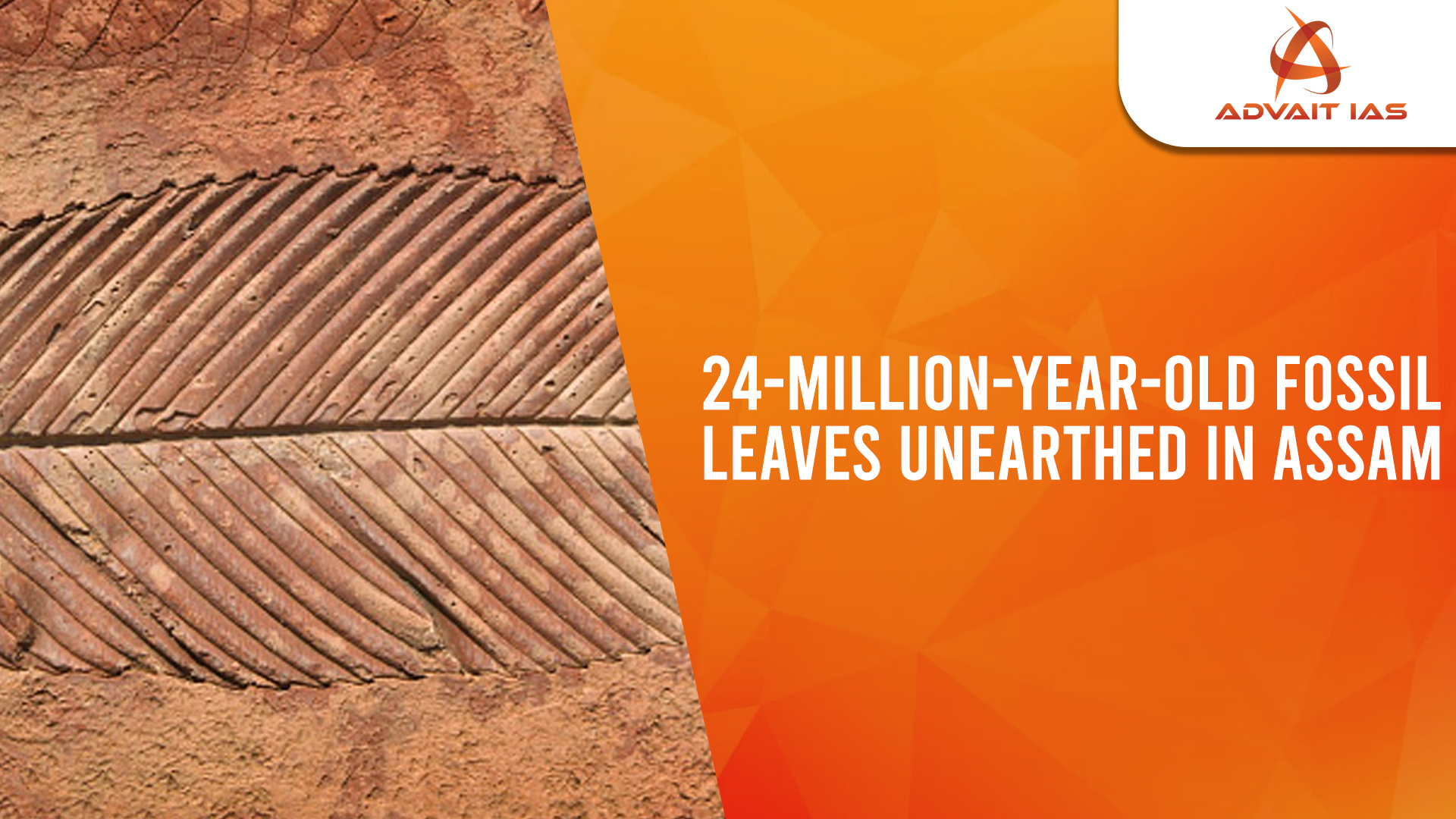Scientists have discovered fossilized leaves in the Makum Coalfield, Assam, revealing the world’s oldest record of the Nothopegia plant genus. The study offers vital insights into climate-driven plant migration and extinction patterns over millions of years.
Key Highlights of the Discovery
- Conducted by: Birbal Sahni Institute of Palaeosciences (BSIP), Lucknow, under the Department of Science and Technology (DST).
- Location: Makum Coalfield, Assam.
- Dating: Fossils are from the late Oligocene epoch (24–23 million years ago).
- Identified Genus: Nothopegia, now endemic to the Western Ghats.
- Published in: Review of Palaeobotany and Palynology.
Significance of the Nothopegia Fossil
- First and oldest fossil record of the Nothopegia genus globally.
- Nothopegia today grows only in the Western Ghats, a UNESCO World Heritage Site.
- Indicates the species once thrived in Northeast India, suggesting a major climatic and ecological shift.
Scientific Methods Used
- Morphological analysis and herbarium comparison for species identification.
- Cluster analysis for systematic classification.
- Climate Leaf Analysis Multivariate Program (CLAMP) used to reconstruct the past climate.
- Multidisciplinary approach combining paleobotany, systematics, and climate modelling.
Ecological and Climatic Interpretation
- Late Oligocene climate of NE India was warm and humid, resembling today’s Western Ghats.
- Tectonic uplift of the Himalayas drastically changed the region’s climate:
- Caused cooling, altered rainfall and wind patterns.
- Led to the disappearance of tropical species like Nothopegia from the region.
Broader Environmental Implications
- Demonstrates plant migration and extinction driven by long-term climate change.
- Emphasizes that climate-induced ecological changes are not new, but today’s shifts are unprecedented in speed and scale due to human activities.
- Underscores the importance of biodiversity refuges like the Western Ghats in preserving ancient species.
Relevance to Modern Climate Change Understanding
- Offers analogies for how current global warming may force species to migrate or vanish.
- Can inform conservation strategies by identifying climatic refuges and ancient lineages.
- Helps anticipate the future responses of plant biodiversity to changing environments.
The Nothopegia fossil study not only rewrites botanical history but also provides a lens to understand the future of biodiversity. As per Dr. Harshita Bhatia: “This fossil discovery is a window into the past that helps us understand the future.”






